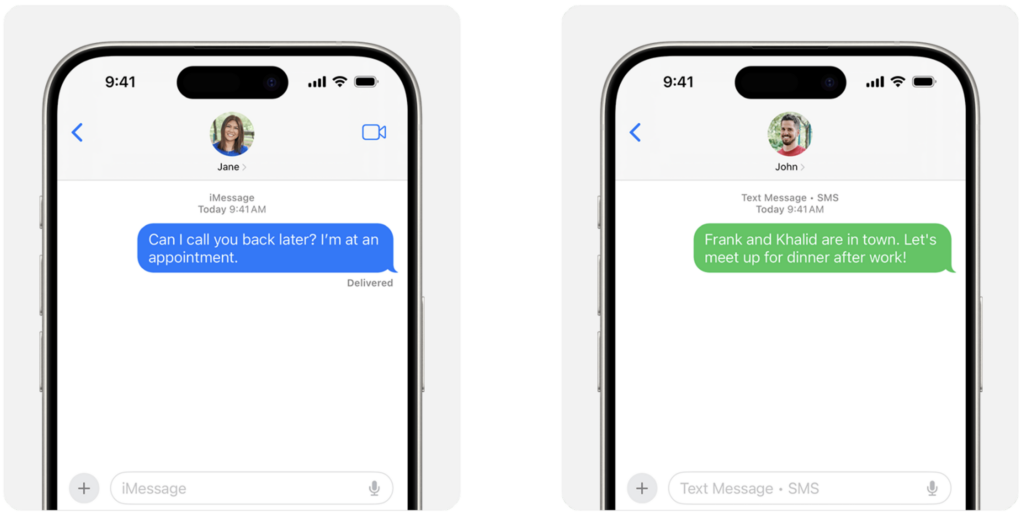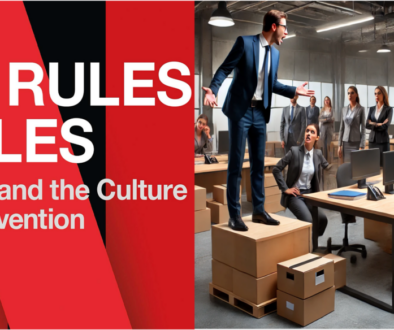The economics of customer effort: Can you reverse the hourly rate of your customer?
Your customer’s time and effort to acquire and use your offering is a potential source of differentiation. Focus might be on minimising this effort through strategies like fast check-in, online delivery, or providing good product information.
Instead of focusing on minimising effort, you could take a reverse approach and make your customers want to spend more time on your offering. There are several strategies that might help you unlock such unexpected sources of value. The ultimate goal is to have customers who are willing to spend extra time engaging—customers who attach a negative hourly rate to the time spent with your offering. If you can truly turn around the economics of the customer, they become part of the value delivery function, tapping into a large competitive advantage that is not easily replicated.
However, the required interaction with customers makes this approach more complex, and it is not suitable in all situations. Below, you will find some examples, practical checks, and steps to guide you in your endeavours.
Creation of a valued offering
The base value of an offering is determined by how well it fulfils the customer’s direct need. It is important to consider how your offering compares to others in terms of size, quality, functionality, etc., and how these differences are appreciated by your customers. Additionally, the value created by the design and branding of the offering provides customers with highly valuable emotional associations. Some brands define a person’s identity or sense of belonging. For instance, a professional builder would never want to be seen with consumer-grade tools.
Recent research by the University of Chicago shows that students would need to be paid $49 over four weeks to forgo the advantage of their iPhone messages being recognised as such through the colour.(*) That is the value they attach to being part of the community of iPhone users.

Creation of a valued delivery
In the value delivery process, the customer’s time becomes more important. The value delivery costs are similar to or higher than the value creation costs for most products outside of FMCG and luxury goods. Usually, less effort and risk mean more value for the customer. However, the examples below show that this relationship can be reversed to your benefit. Value created through longer and more personal two-way experience with the product or service, leads to stronger loyalty. The offering is also strengthened for new prospects through the input of existing customers. This source of value is very fine grained, possibly creating a very personalised and local dimension to your offering.
Strategies that make your customers work for free: From experience to belonging
A first step to creating value with customer time is to make the acquisition experience a positive part of the offering. This includes examples like the shopping experience for many luxury goods that rely on their own stores, and also the forced route approach of IKEA, where the visit is designed as an enjoyable experience.
Another example of increasing the acquisition effort, is to restrict access such as for limited first editions that require much more effort to obtain. Customers might go through special trouble, such as sleeping on the curb or taking out a membership, to acquire the product.
A case where the customer’s hourly rate is reversed is when free time and effort are spent to strengthen the offering to others, such as through word-of-mouth and recommendations. However, you need very high satisfaction to make your customers start promoting (NPS 9/10).
An example of customers paying for less convenience is organic farms where harvesting your own vegetables is part of the offering. Customers are expected to contribute to the harvest, which is a strong and valuable way of virtue signaling. In this case, the hourly rate of a consumer goes deeply negative; they pay a higher price and spend more time on the vegetables.
GiffGaff takes this a step further by focusing on active user participation in shaping the company’s services. GiffGaff is a UK-based mobile phone provider owned by Telefónica that can significantly reduce customer support costs compared to the competition. Even with some payback incentivisation, the community sense creates much of the value.
A B2B example is the distribution of Bang & Olufsen, a high-end audio brand. Many general electronics retailers would offer these products even if sales were minimal, as the brand pulls in visitors and projects an image of quality. B&O struggled to close down this channel in favour of exclusive B&O stores.
Another B2B example is petrol car distribution. The ongoing relationship and maintenance are designed to create a recurring revenue stream for dealers that is so valuable that they are willing to sell the product with hardly any margin (or sometimes at a loss).
A case in point: Threadless
Threadless is an informative case of leveraging the time and effort of customers and suppliers. Threadless produces T-shirts with designs selected from uploaded examples on their platform. Anyone can upload a design, and Threadless selects designs for production partly based on votes from prospective customers—consumers who review designs on the same platform.
Consumers are willing to spend time reviewing T-shirt designs and voting for their favourites. Threadless gets direct consumer feedback on each design, and consumers who vote for a design are likely to buy it and become promoters. In return, voters can express their views on design and clothing in a community that highly values this. Consumers become part of a creative process and earn bragging rights if they choose what is produced.
Designers only get paid if their design is taken into production. This equates to about $15 per design, which is not much. However, the real value to designers (often at the start of their career) is the chance to show their work to a sophisticated audience, get feedback on their style, and discuss design with other designers.
Key points to watch to get your customers to work for free
As seen from the examples above, very competitive business models can be made, even if customers spend more time on the offering. So why should a customer spend time and effort to recommend a product or service? Reasons might include:
- Solidarity with other consumers facing the challenge of selecting, buying, or using the offering.
- Personal connection with the supplier by promoting a product or experience, such as a nice host on Airbnb.
- Status as someone skilled and able in a certain field, such as a traveler, stylist, or gourmand.
- Enjoyment of what they do well, such as solving an issue.
There are three aspects you should always consider when pursuing this route to negative hourly rates:
Foundation: Performing product, transparency, and trust
A product that does not perform will not warrant the energy of the customer unless it is to complain and warn other prospects. The offering must perform well. If customers do not prefer the offering, this route is not open to you. No one wants to find that the brand they support does tremendous damage to society and the environment or works for the extra pension of a billionaire. To play this game, a social, transparent, and sustainable brand is a given. This is especially tricky when an idealistic small startup changes into a valuable investment asset.
Catalyst: Localisation or personal impact
Most consumers will relate to a relatively small number of peers that are valuable to them. Only a few feel they should tell the whole world how special they are, and those are often inclined to monetise it (vloggers, influencers). Your offering should engage at a local or niche level. The smaller scale gives the contributor a sense of personal impact, which can be reinforced by feedback on who has watched the review or the strength of the role the consumer plays. Any time invested in a local community, a niche interest group, or a very personal version of a product is more likely to warrant the time and effort of a customer. Larger brands can try to achieve this by asking for feedback from specific target groups, such as fellow single travellers.
The involvement of the customer in value delivery should be seen as a low-cost, self-directing, and effective way of localisation and personalisation.
Accelerator: Consistent positioning to reinforce community status
The combination of personalised, impactful engagement, niche, or local scale is very powerful but also harder to control. A consistent and clear positioning is crucial to keep control and make it scalable. Consistency should span the company, the product positioning, and the way the community is defined. The common theme in many of the cases above is the social nature of people and the value they attach to being part of a community. This value can be extremely high, as seen with the Apple example. Mixed messages about the community destroy this value.
The Threadless example shows a very consistent focus on common creative design for the benefit of aspiring artists. It ran into quite some backlash when it tried to make these designs available for larger retail chains.
GiffGaff positions itself as “powered by you.” It is not just about helping other customers; it is about giving customers control over a normally very impersonal and unmovable telecom service. This is a huge level of delegation of control that requires a very consistent, clear strategic intent to avoid it going off the rails.
Your customers: The new partners on your competitive platform
Focusing on the hourly rate of your customer can unlock new sources of value in your offering. It might not be the be-all and end-all, but an assessment of its potential will always ensure that you go a step deeper in understanding value and how an offering works in the eyes and mind of your customer. If it is possible to reverse the hourly rate, you have created a strong, engrained, hard-to-replace source of competitive advantage.
(*) https://home.uchicago.edu/bursztyn/Non_User_Utility_and_Market_Power.pdf
This blog was edited with the help of LeChat by Mistral
Register below to get regularly inspirational posts on growth strategy and implementation.




